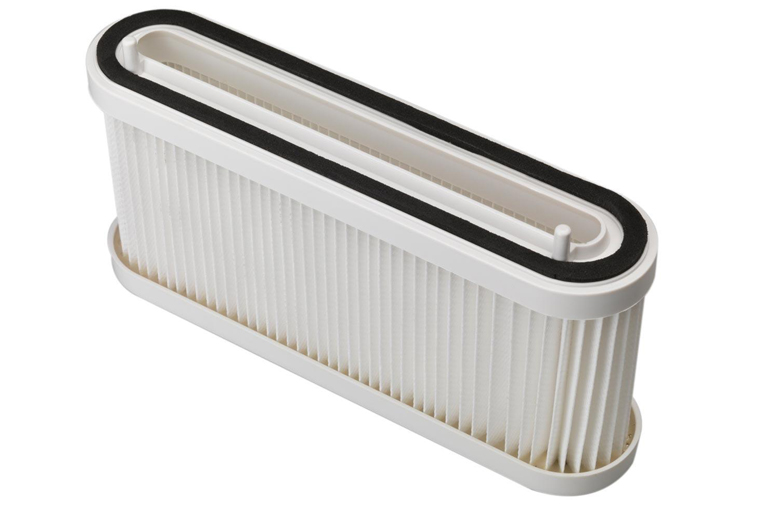Air purifying filters, such as the HEPA filter, work to remove pollutants, microorganisms and other particles from the air. Once in use, these filters are subject to an onslaught of fungi and microorganisms from the environment. The threat imposed by biological agents such as microorganisms, across work and living environments is increasingly seen as a global issue (Majchrzycka, Okrasa, Skóra and Gutarowska, 2016). These biological agents, when left unfiltered from the air can lead to a range of issues in the human respiratory system, from asthma and allergies (Douwes et al., 2003; Peters et al., 2012) to viral and bacterial infections.

Whilst the metal-micro glass of the HEPA filter is advertised as being unable to support microbial life, this is not the case once burdened with organic material from the air (Price et al., 2005). This in turn means that microorganisms are left retained inside the filter with other particles that they can use as their food source (Goswami et al., 1999;). Growth of microorganisms on this filter material is determined by availability of organic matter, humidity and temperature (Majchrzycka et al., 2010; Gutarowska and Michalski, 2011). This means that these factors need to be taken into account when considering how often we change the HEPA filter. A filter left unused over a period or time, will likely need changing quite quickly before it starts to smell and release potentially harmful microorganisms into the air.
Once left to breed for a sufficient amount of time, the offspring of these microorganism ultimately disperse into the air and thus the filter actually becomes a source of harmful microorganisms (Simmons et al., 1997). This effectively means that left unused or without appropriate filter replacement intervals, HEPA filter technology does quite the opposite of its intended purpose.
HEPA filter manufacturers suggest changing the filter of their products every 12-18 months (Dyson, 2020; HoMedics, 2019; Staples, 2020) in order to ensure that the product ‘runs optimally’. In reality, this suggested time-frame is a complete shot in the dark. Given the varied use of products containing HEPA filters, it is impossible to say how often they should be changed. For example, someone with a hand dryer that runs a total of half an hour a day in a small office will have wildly different needs to someone running their machine constantly at an airport.
One study notably found that over an 8-year study period, when left in a more humid environment, nearly every filter that ‘appeared’ to have no mould growing then proceeded to grow mould (primarily species of Acremonium, Aspergillus and Cladosporium) (Price et al, 2005).
What has been termed ‘The breeding ground problem of HEPA filters’, can be lessened by more than just replacing filters every year and a half. Chuaybamroong et al., (2010) studied a process of microorganism disinfection that involves using UV light to kill microorganism cells. This process is a great alternative to entirely replacing filters, and instead is a coating process that eliminates 60-80% of all airborne spore-forming bacteria and fungi retained on HEPA filters.
They certainly do need to be replaced. The frequency depends on the model, the environment it is used in and the number of times it is used. Check the technical details of each model for further details. There are two main reasons to replace the HEPA filter you your hand dryer. The first is that as the filter gets blocked with dirt the air flow into the dryer is reduced and this can cause the motor to over heat and wear out much faster. Thus replacing the HEPA filter will make your dryer last much longer.
In addition, a clean HEPA filter is more effective at doing what it is designed to do which is keep the air cleaner so old HEPA filter are less effective at filtering the air.
Replacement HEPA filters for our dryers are stocked by Handy Dryers and available for immediate purchase so you can replace them cheaply yourself.
Reference list: